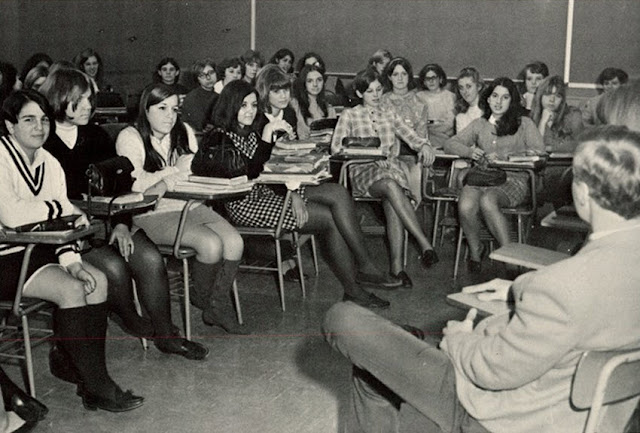The 1950s in America was a transformative period characterized by economic prosperity and social changes.
This era witnessed significant disparities between the lives of rural and urban children.
While both groups shared the innocence and curiosity of childhood, their experiences were shaped by distinct settings, social dynamics, educational opportunities, and leisure activities.
This article explores the contrasting lives of rural and urban children in 1950s America, highlighting the unique challenges and opportunities they encountered.
Setting
a. Rural Children:
Isolated communities: Rural children often grew up in small, tight-knit communities, where everyone knew each other.
Nature as a playground: These children enjoyed the vast landscapes, open fields, and forests as their playgrounds, fostering a strong connection with nature.
Lack of modern amenities: Many rural areas lacked access to electricity, running water, and other modern conveniences, requiring children to adapt to simpler living conditions.
b. Urban Children:
Bustling cities: Urban children lived in fast-paced cities with skyscrapers, crowded streets, and a constant flow of people, providing them with a vibrant and diverse environment.
Concrete jungles: Rather than vast open spaces, urban children navigated through concrete jungles, with parks and playgrounds serving as their respites from the urban chaos.
Modern amenities: Access to electricity, running water, and other amenities was commonplace in urban areas, offering a more comfortable lifestyle.
Social Dynamics:
a. Rural Children:
Strong sense of community: Rural children benefited from tight-knit communities, where neighbors and extended family members played integral roles in their upbringing.
Inter-generational bonds: The close proximity of different generations allowed rural children to learn from their elders, preserving traditional values and skills.
Limited diversity: Homogenous rural communities often had limited racial, ethnic, and cultural diversity, resulting in a narrower worldview for some children.
b. Urban Children:
Cultural diversity: Urban areas boasted diverse populations, exposing children to various cultures, languages, and traditions, fostering tolerance and understanding.
Independence and self-reliance: With less supervision, urban children had greater freedom to explore and develop a sense of independence at an earlier age.
Weaker community bonds: Urban neighborhoods often lacked the tight-knit relationships found in rural areas, leading to a sense of anonymity and decreased community involvement.
Education:
a. Rural Children:
One-room schoolhouses: Rural areas commonly had one-room schoolhouses, where children of different ages and grades learned together under a single teacher's guidance.Limited educational resources: Compared to urban schools, rural schools had fewer resources, outdated textbooks, and limited extracurricular activities.
Emphasis on practical skills: Rural schools often prioritized practical skills such as farming, homemaking, and manual labor, preparing children for their anticipated rural lifestyles.
b. Urban Children:
Larger schools: Urban areas had larger schools with more specialized teachers and a wider range of subjects, providing greater opportunities for academic growth.
Access to resources: Urban schools had better libraries, science labs, and extracurricular programs, enabling urban children to explore diverse interests and talents.
Emphasis on academic achievement: Urban schools placed greater emphasis on academic success and college preparation, aiming to equip children for future careers.
Leisure Activities:
a. Rural Children:
Outdoor exploration: Rural children engaged in activities like fishing, hiking, swimming, and playing sports in open fields, fostering a strong connection with nature.Community events: Fairs, barn dances, and church gatherings were common social events, bringing the entire community together and providing opportunities for fun and camaraderie.
Limited entertainment options: Due to limited access to cinemas, theaters, and other recreational facilities, rural children often relied on books, radio, and simple homemade games for entertainment.
b. Urban Children:
Cultural experiences: Urban children had access to cinemas, theaters, museums, and other cultural institutions, offering them a wide range of entertainment and educational opportunities.Organized sports and clubs: Urban areas provided more opportunities for organized sports teams, clubs, and extracurricular activities, allowing children to explore their interests and talents.
Technological advancements: Urban children experienced the rise of television and other technological advancements, which influenced their leisure activities and popular culture consumption.
The 1950s in America showcased the divergent lives of rural and urban children, shaped by their unique environments, social dynamics, educational systems, and leisure activities.
While rural children enjoyed close-knit communities and a deep connection with nature, urban children thrived in bustling cities with diverse cultures and abundant educational and entertainment opportunities.Understanding these differences offers a glimpse into the challenges and advantages experienced by children growing up in America during this transformative era.



